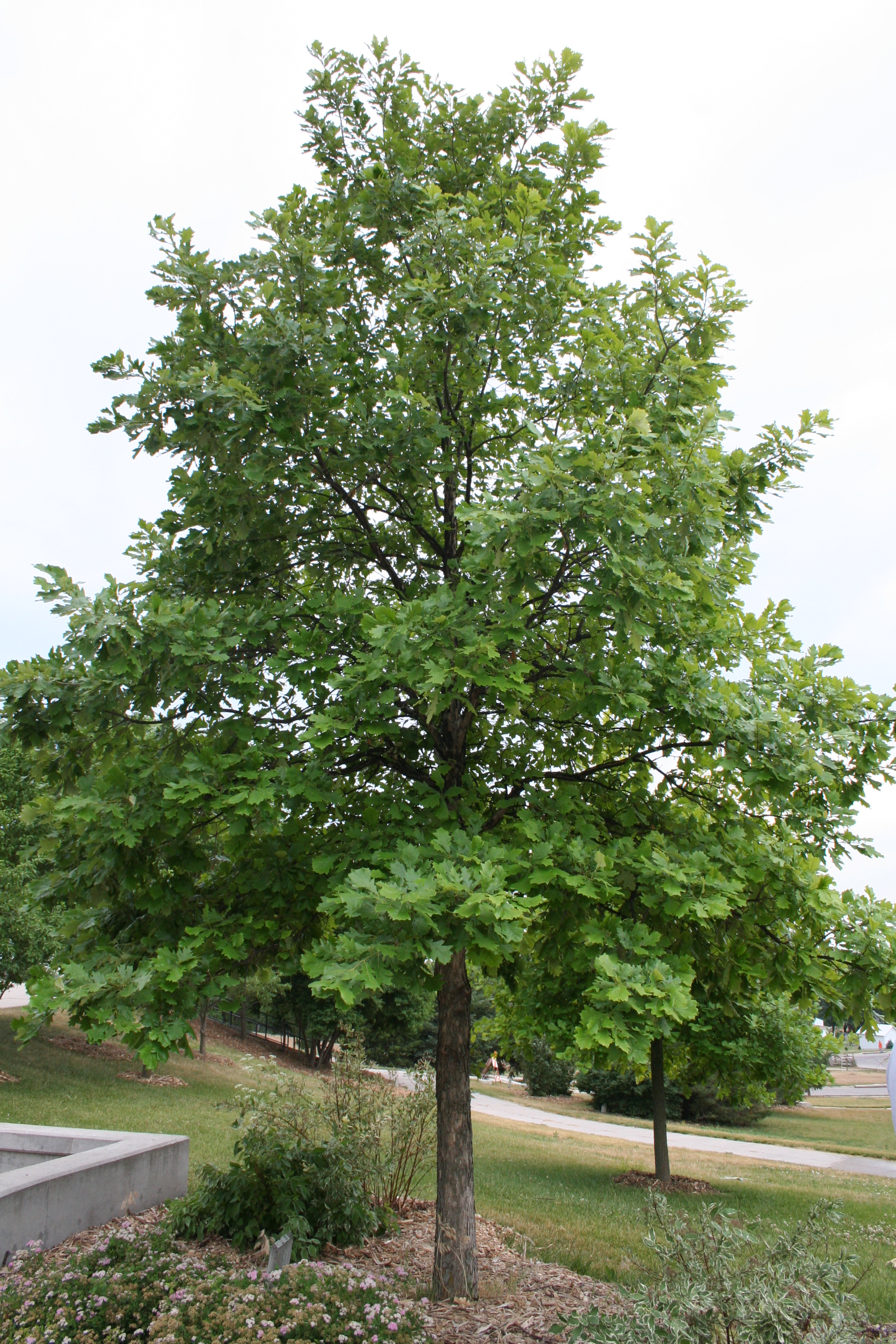Swamp White Oak
Quercus bicolor, Deciduous
Swamp white oak has become one of the most popular oaks for planting in recent years. The swamp white oak is an excellent tree for planting in the yard or as a woodland tree. The tree is native to much of the eastern US, extending from New England into central Iowa.

Where To Grow

Size at Maturity
| Tree Height | Tree Spread |
| 45-65’ | 40-50' |
Tree Characteristics
Its leaves, which somewhat resemble bur oak, are glossy green above and silvery pubescent on the underside, thus its scientific name ‘bicolor’. Its scaly, peeling bark is similar to that of white oak.
Wildlife Benefits
As with most oaks, the acorns are treasured by the squirrels.
Additional Considerations
It is typically found in lowlands along waterways and swampy areas, thus its common name. Swamp White oak can be chlorotic on high pH soils, which makes its use questionable in central and western Nebraska.
Interesting Facts
Swamp white oak is actually a lowland tree and is native throughout most of the northeastern United States and as far west as Iowa and south to Arkansas. As a matter of fact, there are over 80 species of oak growing in North America.
References
- Tips for planting success
- Developed by Justin Evertson, Kyle Martens, and Denise Wally